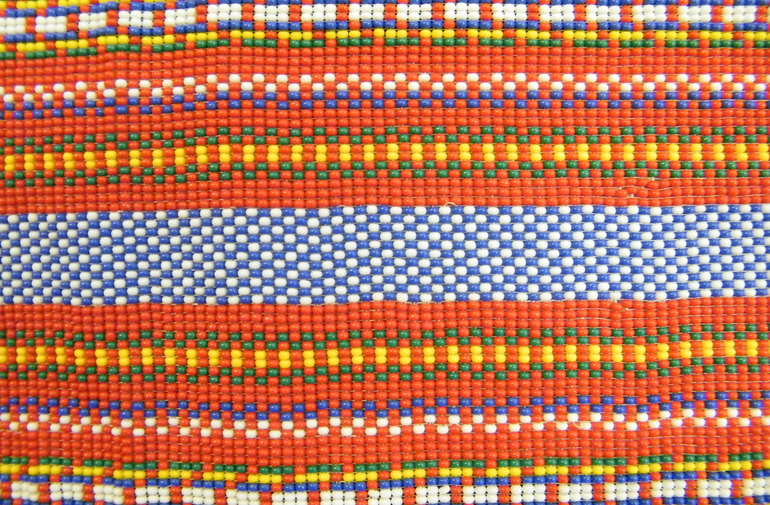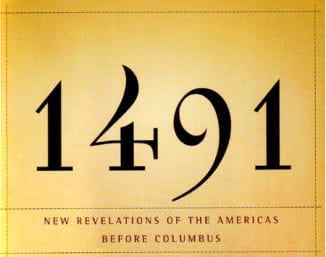On March 26, 1885, two shots rang out on a snow-covered hill near the settlement of Duck Lake, in what is now Saskatchewan. The man who fired those fateful shots was a volunteer recruit for the Canadian army named Joe McKay. The men who were struck by his bullets were a French Métis named Isadore Dumont and a Cree chief named Assiwiyin. They were carrying white flags, and had been sent by their general, Gabriel Dumont, to approach the small group of North West Mounted Police, led by police superintendent Lief Crozier. When the smoke cleared from the gunfire, Dumont and Assiwiyin were dead.
This unprovoked attack initiated the North West Rebellion, a civil war that would eventually pit a 5,000-man Canadian military and police force against 500 Métis and First Nations. The Métis had reached the limit of their patience after several years of asking the Canadian government to grant them title to the land they’d cleared, farmed and settled. With the aggressive westward expansion of the CPR railway and the growing number of European immigrants sweeping across the west and laying claim to land, the Métis felt compelled to ask an exiled Métis leader named Louis Riel to return to Canada to help them make their case. When even this radical act did not generate a positive response from John A. McDonald’s government, the Métis formed a provisional government and took up arms.
During the two months it took for the army and police force to quash the rebels, 60 Métis and First Nations and 58 Canadian soldiers and police officers lost their lives. In the aftermath of the uprising, Louis Riel would be tried for high treason, convicted and hanged. Six Cree warriors would be hanged, and two important chiefs, Poundmaker and Big Bear, would languish in a federal jail.
Three of the casualties in the North West Rebellion were my direct relatives – Isadore Dumont, my first cousin (three times removed) and uncles Auguste Laframboise and Ambroise Dumont. Although several generations separate me from these relatives, I have inherited a strong historic connection and sympathies for the French Métis, Cree and European settlers who joined together on the Métis side of this civil war.
In 2010, while on a flight that took me on a direct path over Canada’s prairie provinces, I observed from 35,000 feet a vast landscape divided into the neatly defined square sections of land. This is the method of surveying that the Métis had so vehemently opposed in 1885. Their unheeded request to the government surveyors was to section the Northwest Territories using the French style of land division that featured narrow sections of land that each had river access and were designed to keep neighbours and family close to each other. That proposal had been rejected by the government in favour of the British method of land division. As my plane flew over my family’s ancestral lands — Pembina, Red River, Batoche — it occurred to me that even before the Métis had asked for and been denied the right to divide their land the way they saw fit, the vast prairies had been home to my earlier ancestors. The Anishinabe, Cree and Tsuu T’ina women my European ancestors married had never been given an opportunity to determine how their territory would be divided. They had been forced to give up virtually every part of their ancestral lands, and been relegated by the Canadian government to pitifully small reserves that had the poorest quality of soil for farming and minimal access to fish and game resources.
From my vantage point in the plane, I suddenly felt a profound historic connection to my French Métis and Aboriginal ancestors. I imagined how extraordinary it would be if someone could bring the stories of their struggles and victories to life in the twenty-first century. The idea for a feature film called Crossing Gabriel was born, and I began to write down ideas for a story about Gabriel Dumont’s role in the North West Rebellion. I made a decision on that flight to write and produce a film about the Métis version of Canadian history. Not the history we learned in school, where John A. McDonald’s was the hero and Louis Riel and Gabriel Dumont the villains in the birth of Canada.
In the 128 years since my cousins and uncles died in the North West Rebellion, the cultural dysfunction in our country has scarcely shifted. The Métis are still without land and acknowledgment for their influential role in the establishment of Canada; First Nations are still waiting for cultural and economic restitution for their land and resources and for suffering 150 years of human rights violations disguised as the Indian Act. And while Canada’s Francophone citizens have succeeded in maintaining their own cultural sovereignty, they wait patiently generation after generation for recognition and respect from the rest of Canada.
By telling the story of the North West Rebellion in the form of a feature film, Canadians will discover that our country’s historical provocateurs – the French, First Nations and Métis – are in fact the true heroes of our reluctant nation.



